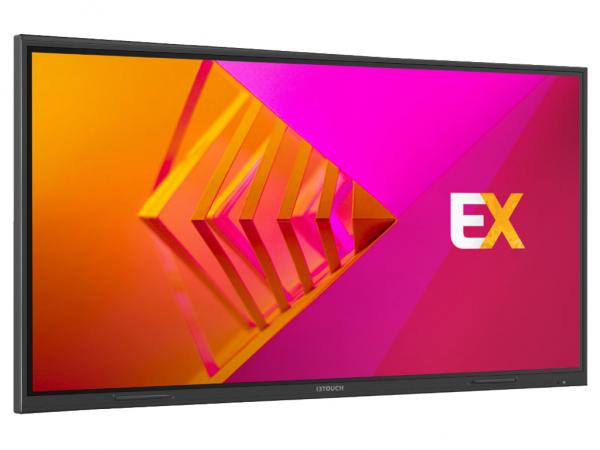
Diest,Belgium – March 29, 2022 —
Today, i3-Technologies discussed the educational benefits of interactive displays in their recent blog post, i3-Technologies noted how the acceptance of technology in education has been rocky throughout history. Through reading its blog post, readers can expect to understand how thinking has evolved in recent years and that examining alternative techniques of implementation for this technology is key. In recent years, interactive displays for education have exploded in popularity and give several opportunities for classroom learning, participation, and action.
Over time, it has been clear that some of the challenges associated with interactive whiteboard rollouts were due to implementation problems rather than to the technology itself. The conceptualization of pedagogy, the consideration of usage before implementation, and the provision of high-quality training for their use have all advanced significantly. This has been reiterated multiple times, most recently in the Education Endowment Foundation’s 2019 report.
“Two resounding statements emphasize the critical nature of instruction and execution. To begin, instructors must grasp how technology might enhance their instruction in order to be successful; once again, pedagogy is more essential than equipment.”
As i3-Technologies frequently emphasizes, technology in education is far too critical to leave to chance. With that in mind, and the Bananarama principle of “It isn’t [so much] what you do, it is how you do it – and that is what gets results,” ongoing thinking about the pedagogy of using technology in education has never been more critical.
Given the position we are in today, with the pandemic and the need for high-quality technology to serve a varied variety of situations – from in-class to hybrid, blended, and remote – instructors have been required to rapidly expand their abilities in utilizing technology in education.
As reinforced by the report shared on i3-Technologies website shows, careful thinking and consideration about best practice, the types of activities that will be impactful, and linking this to the curriculum so that processes and activities are both impactful and that teachers can be trained effectively in their use is most likely to yield results.
“Integrating a new kind of technology into the classroom does not inevitably alter the way instructors educate. The introduction of interactive whiteboards demonstrates the need of thoroughly considering the pedagogical justification for technology adoption and properly preparing the training necessary to allow instructors to utilize it successfully.” – Guidance Report, March 2019, Education Endowment Foundation
This material may be pertinent to a reader who is responsible for a school’s technology deployment. It should educate individuals about the need for researching available technology before making any purchases.
Evaluating how the technology in question might assist in the classroom is also important. Naturally, instructors will want a display unit in the classroom so that learners can see the materials being taught. Typically, this occurs through a teaching gadget located towards the front of the classroom.
Often, display components are linked through an HDMI cable. However, students are frequently asked to share their work with the rest of the class using their own devices. Mirroring and casting features are included with interactive displays, such as those offered by i3-Technologies.
To find out more about i3-Technologies or smart screens within education, see the following URL: https://www.i3-technologies.com/en/
Contact Info:
Name: Donna Fabre
Email: Send Email
Organization: i3-Technologies
Address: 7 Kleine Schaluinweg, Diest, Vlaams Gewest 3290, Belgium
Phone: +32-56-31-34-15
Website: https://www.i3-technologies.com/
Source: PressCable
Release ID: 89072151
If you detect any issues, problems, or errors in this press release content, kindly contact error@releasecontact.com to notify us. We will respond and rectify the situation in the next 8 hours.
